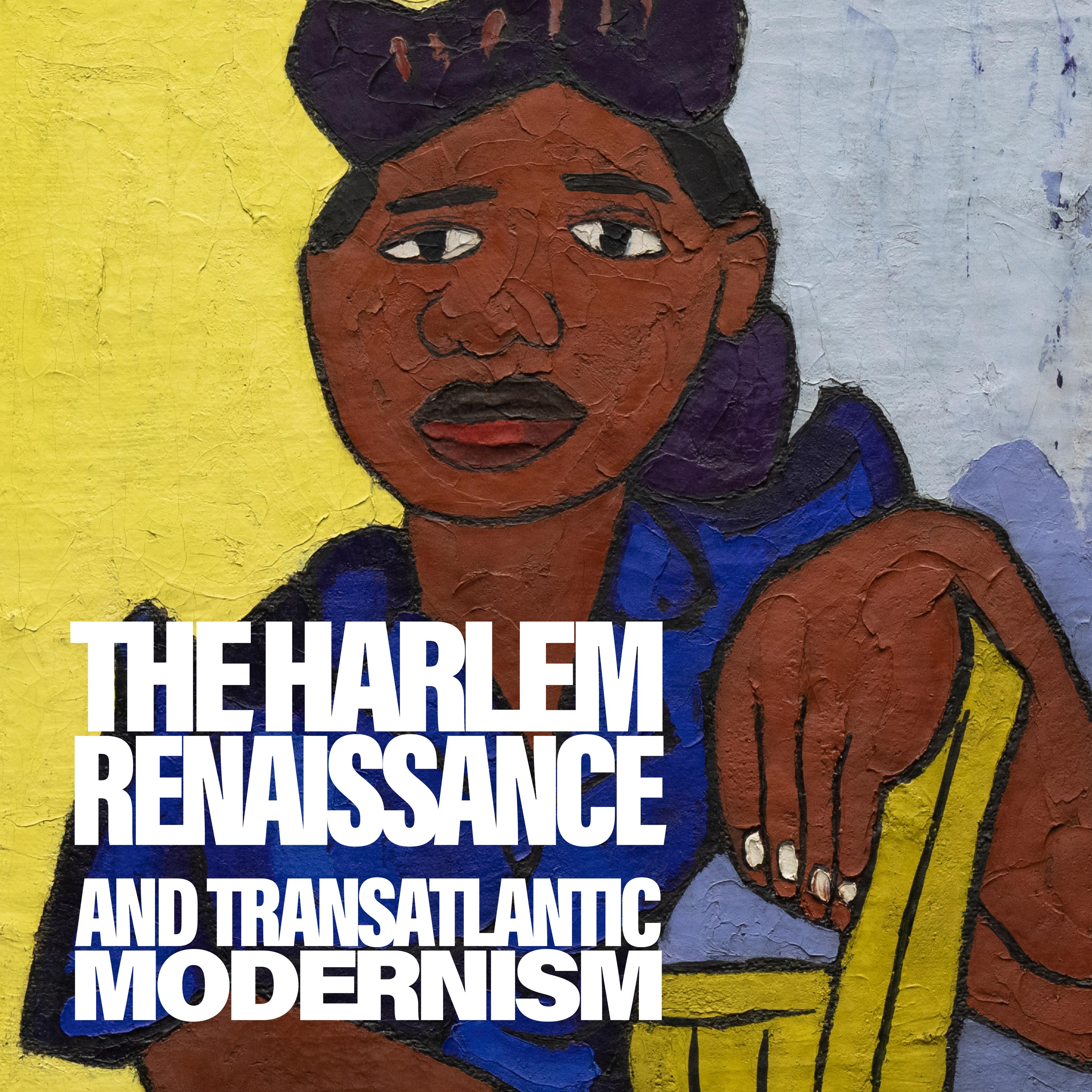The groundbreaking exhibition The Harlem Renaissance and Transatlantic Modernism explores the comprehensive and far-reaching ways in which Black artists portrayed everyday modern life. Through some 160 works of painting, sculpture, photography, film, and ephemera, explore the new Black cities that took shape in the 1920s–40s in New York City’s Harlem and nationwide in the early decades of the Great Migration, when millions of African Americans began to move away from the segregated rural South. The first art museum survey of the subject in New York City since 1987, the exhibition establishes the Harlem Renaissance and its radically new development of the modern Black subject as central to the development of international modern art.
Featured artists include Charles Alston, Aaron Douglas, Meta Warrick Fuller, William H. Johnson, Archibald Motley, Winold Reiss, Augusta Savage, James Van Der Zee, and Laura Wheeler Waring. These artists are shown in direct juxtaposition with portrayals of international African diasporan subjects by European counterparts ranging from Henri Matisse, Edvard Munch, and Pablo Picasso to Germaine Casse, Jacob Epstein, and Ronald Moody.
A significant percentage of the paintings, sculpture, and works on paper on view in the exhibition come from the extensive collections of Historically Black Colleges and Universities (HBCUs), including Clark Atlanta University Art Museum, Fisk University Galleries, Hampton University Art Museum, and Howard University Gallery of Art. Other major lenders include the Smithsonian American Art Museum and the National Portrait Gallery, with pending loans from the Schomburg Center for Research in Black Culture. The exhibition includes loans from significant private collections and major European lenders.
To access the booklet of all large-print exhibition text, click here.
The exhibition is made possible by the Ford Foundation, the Barrie A. and Deedee Wigmore Foundation, and Denise Littlefield Sobel.

Corporate sponsorship is provided by Bank of America.

Additional support is provided by the Enterprise Holdings Endowment, the Terra Foundation for American Art, the Gail and Parker Gilbert Fund, the Aaron I. Fleischman and Lin Lougheed Fund, and The International Council of The Metropolitan Museum of Art.
The catalogue is made possible by the Mellon Foundation.
Additional support is provided by Denise Littlefield Sobel and Robert E. Holmes.
Audio Guide
Hear artists and scholars reflect on key works in the exhibition.
To hear more from these conversations, listen to Harlem Is Everywhere, available wherever you listen to podcasts.

681. Winold Reiss, Alain Leroy Locke, 1925
Denise Murrell
This is Alain Leroy Locke by Winold Reiss from 1925.
DENISE MURRELL: Reiss was an immigrant from Germany who became the principal illustrator of Alain Locke’s seminal book, The New Negro that was the philosophical foundation of the movement. Reiss was also the teacher of Aaron Douglas, who was also an illustrator for The New Negro. What you're seeing here is an artist working with a visual vocabulary of Modernism that blends different genres. It's a painting, but it's also a drawing. It's a finely modeled, naturalistic portrayal of Alain Locke's visage, his face, and his hand, which harkens back to Renaissance portraiture and the focus on the head as a center of the intellect and the hand as a means of acting in the world. And not just the Renaissance, this existed in certain styles of West African sculpture, where the head was disproportionately large compared to the rest of the body. So, this is a broad-based idea that existed in multiple cultures. But he's making this as a study of a thinking person, a Black man who's engaging the viewer in a direct exchange, an exchange of equals. There's no subordination. There's no sense of putting on a face, the performance face. We're able to see the intellectual and aesthetic engagement of this foundational thinker of the Harlem Renaissance.
That was Denise Murrell, curator of the exhibition, The Harlem Renaissance and Transatlantic Modernism. To hear more from this conversation, listen to episode one of Harlem Is Everywhere, available wherever you listen to podcasts.
Playlist
The podcast is supported by

Illuminating
Moving a still-neglected art history out of the wings and onto the main stage.
From cityscapes to portraiture to jazz-age nightlife, community elders and activism, the show gives Black Americans the agency long denied to them to tell their own stories.
Exhibition Catalog
Exhibition Catalogue
The Harlem Renaissance and Transatlantic Modernism
This groundbreaking book resituates the Harlem Renaissance as integral to the development of twentieth-century modernism.
